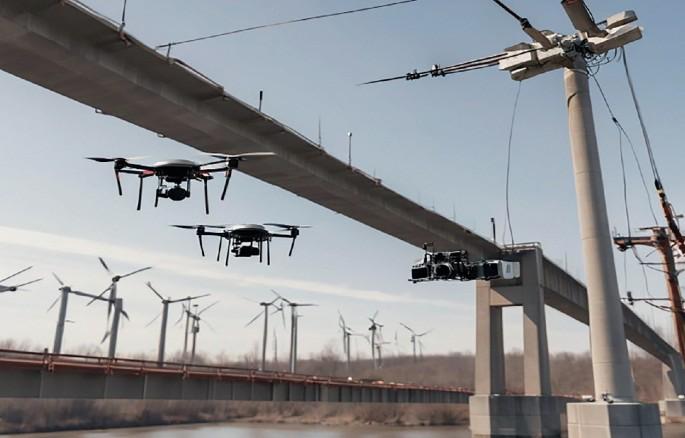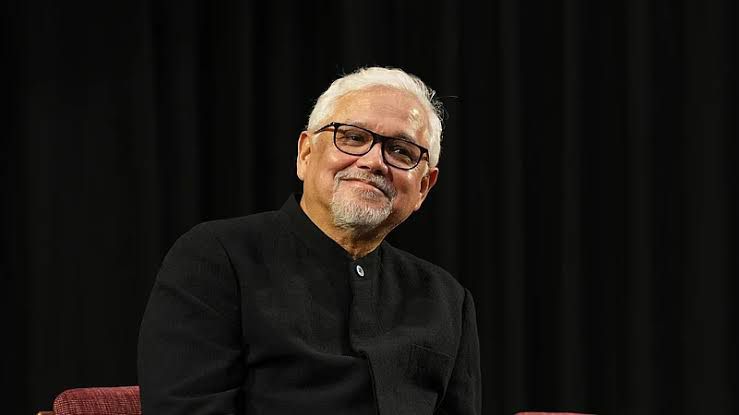Key Highlights
-
Bihar has become the first Indian state to adopt a comprehensive AI-enabled drone inspection framework for all state bridges, replacing traditional manual checks with advanced aerial, sensor-based assessments
-
-
The Bridge Management & Maintenance Policy 2025, approved by the state cabinet, covers 3,968 bridges and prioritizes 45 high-risk structures for immediate attention, based on audits by IIT Patna and IIT Delhi
-
-
Drones equipped with 4K cameras, thermal imaging, and LiDAR provide high-precision scans to detect issues like cracks and corrosion, while AI analyzes data for near-perfect detection accuracy (up to 98.5%)
-
-
Inspections are now mandatory at least every 90 days for critical bridges, dramatically increasing the frequency and quality of monitoring
-
-
A digital twin model initiative will be created for each of Bihar’s 532 mega bridges by 2026, enabling real-time, lifetime health monitoring
-
-
Data and condition scores will be published online via the Bridge Information Management System (BIMS) for public access from October 2025
Statewide Rollout: Modernizing Bridge Safety
-
The Road Construction Department, with engineering support from IIT Delhi and IIT Patna, leads the rollout, integrating drone-collected data into the new Bridge Health Index (BHI). Bridges are given a scientific “score”—with immediate closure and repairs mandated for those scoring below BHI 20.
-
-
For bridges longer than 250 meters, independent safety audits by IITs ensure extra oversight and specialized diagnostics. The entire consultancy contract for these audits totals Rs 16.61 crore.
-
-
Gurgaon-based startup Vital Environment India is executing drone operations, deploying DGCA-certified pilots and advanced analytics teams local to Bihar
-
-
To ensure robust implementation, 120 state engineers are being trained in both drone operation and AI-based defect analysis
How AI and Drones Change the Game
-
Drones reach difficult and hazardous bridge locations that were inaccessible or dangerous for manual teams, especially foundations and underdeck structures often affected by floods or erosion
-
-
Multi-sensor payloads, including thermal and LiDAR, identify fresh and hidden damage—like sub-millimeter cracks or internal erosion—missed by the naked eye
-
-
AI reviews inspection imagery and sensor data, flagging defects with high consistency, eliminating subjective human error
-
-
Inspections are integrated into BHI and Maintenance Priority Indexes: bridges most at risk automatically move up for urgent repairs or closures
Flood Season Protocol and Emergency Response
-
During monsoons or when flood warnings are triggered, drones conduct rapid assessments under an “Exceptional Event Works” protocol to verify real-time stability
-
-
State disaster management plans now treat drones as the first response for post-flood infrastructure reviews, reducing both delay and safety risks for ground crews
Public Transparency and Digital Transformation
-
BHI reports and bridge “star ratings” will be public on the BIMS portal starting October, supporting open data and community trust
-
-
Every mega bridge will have a digital twin for ongoing structural health monitoring—supporting both day-to-day maintenance and long-term budget planning
Expert Reactions and National Significance
-
State PWD Minister Nitin Nabin calls drones “our eyes in the sky, ensuring no crack goes unseen” and says the policy puts Bihar at the forefront of infrastructure safety
-
-
Infrastructure experts view Bihar’s overhaul as a model response to India’s growing problem of outdated, vulnerable bridges, noting it could set a standard for the rest of the country
-
-
The move follows a string of deadly bridge collapses across India in recent years, fueling the urgency to upgrade inspection and data systems
Outlook
Bihar’s AI-powered drone rollout signals a transformative shift from reactive, manual inspection to proactive, data-driven bridge management. As the state leads technology adoption in public infrastructure, its experience may become the blueprint for safe, resilient transport networks nationwide.
Sources: Tribune India, ANI, Devdiscourse





